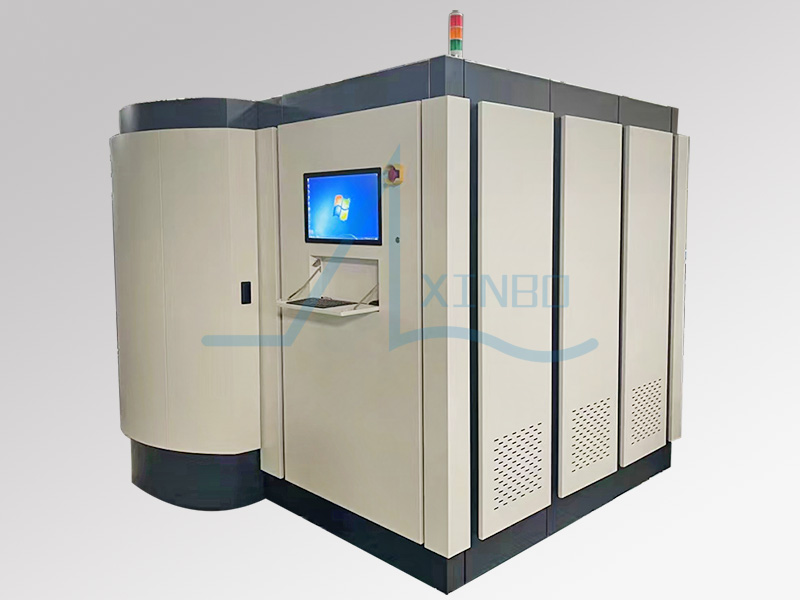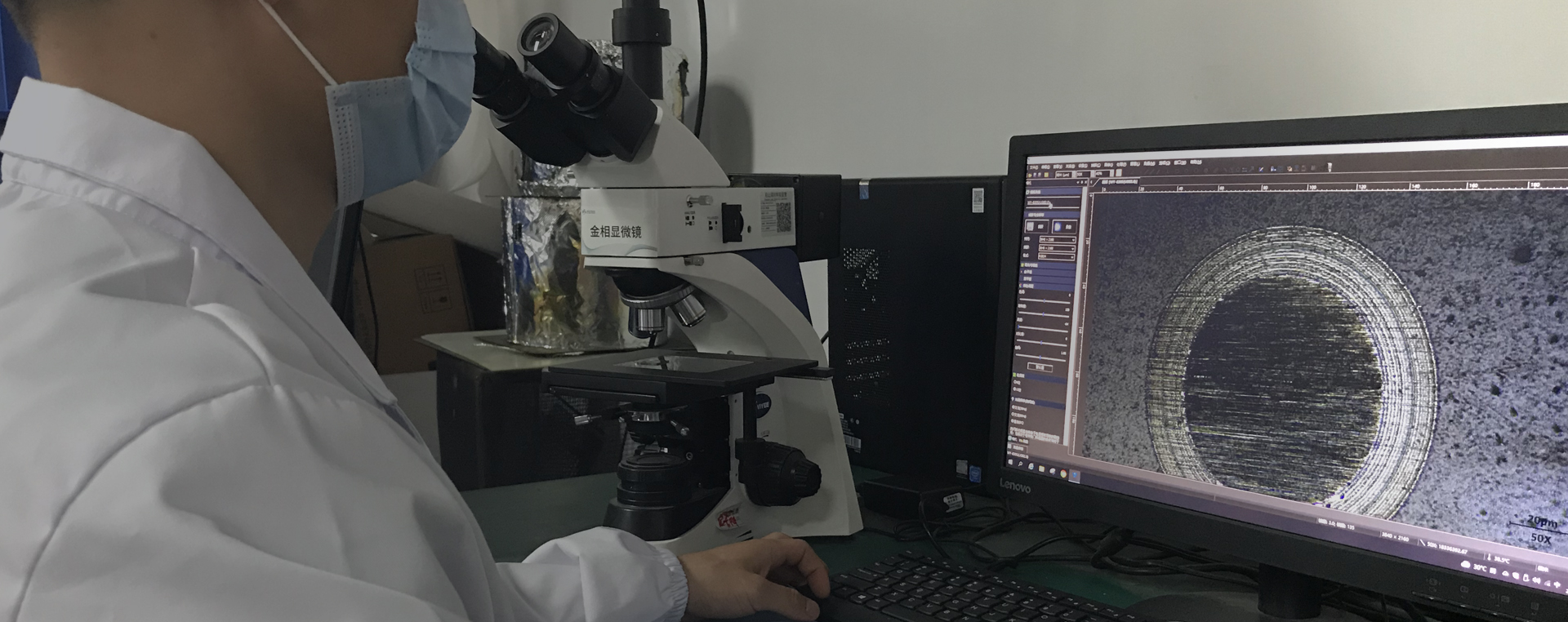How does the selection and ratio of reaction gases affect the composition and performance of vacuum coating?
In chemical vapor deposition (CVD) vacuum coating, the selection and ratio of reaction gases are like a pair of invisible but powerful hands, playing a decisive role in the composition and properties of the coating.
The reaction gas determines the basic composition of the coating. Taking the deposition of titanium nitride (TiN) thin films as an example, titanium tetrachloride (TiCl ₄) and ammonia gas (NH3) are often used as reaction gases. TiCl ₄ provides a titanium source, NH ∝ provides a nitrogen source, and under specific temperature, pressure, and other conditions, the two undergo a chemical reaction to deposit a TiN film layer on the substrate surface. If the reaction gas is changed, such as replacing TiCl with tungsten hexafluoride (WF ₆) and using hydrogen gas (H ₂) as a reducing agent, a tungsten (W) film will be generated. It can be seen that the type of reaction gas directly determines the composition of the coating elements, thereby changing the essential characteristics of the coating.

The ratio of reaction gases is like a balance that precisely regulates chemical reactions, subtly affecting the coating performance. When the ratio of NH3 to TiCl ₄ is increased, it means that more nitrogen atoms participate in the reaction, and the nitrogen content in the generated TiN film relatively increases. Research has shown that increasing the nitrogen content appropriately can improve the hardness of TiN films, and the color will also shift from golden to a more vibrant golden color, making them more attractive in the field of decorative coating. But if the nitrogen content is too high, excessive stress will be generated inside the film due to lattice distortion, causing the film layer to become brittle, adhesion to decrease, and even cracking, seriously affecting its performance in wear resistance, protection and other application scenarios.
In terms of optical coating, the effect of reaction gas ratio on the optical properties of the film layer is more significant. For example, depositing a silicon dioxide (SiO ₂) anti reflective film with ethyl orthosilicate (TEOS) and oxygen (O ₂) as reaction gases, the ratio of O ₂ to TEOS will change the microstructure and density of the SiO ₂ film. If the O ₂ ratio is high, the generated SiO ₂ film is closer to the ideal stoichiometric ratio, has a dense structure, good optical uniformity, higher transmittance in the visible light band, and can effectively reduce light reflection loss. On the contrary, if O ₂ is insufficient, there may be incompletely oxidized silicon species in the film layer, leading to increased absorption and decreased optical performance.
In the semiconductor field, when depositing polycrystalline silicon thin films for manufacturing integrated circuits, silane (SiH ₄) is the main reactant gas, and hydrogen (H ₂) is often used as a diluent gas. The ratio of SiH ₄ to H ₂ affects the crystallization quality and growth rate of polycrystalline silicon. Lower SiH ₄ concentration (i.e. higher H ₂/SiH ₄ ratio) helps to form high-quality, large grain polycrystalline silicon, which has excellent electrical properties, long minority carrier lifetime, and is suitable for the manufacturing of high-performance semiconductor devices; Polycrystalline silicon grown at high SiH ₄ concentration has small grains and many defects, poor electrical properties, and is not suitable for high-end semiconductor applications.
In summary, the selection and ratio of reaction gases in chemical vapor deposition vacuum coating are key factors in finely controlling the composition and performance of the coating. Accurate optimization is required according to different coating requirements in order to obtain high-quality coatings that meet various application scenarios.
 0769-81001639
0769-81001639
